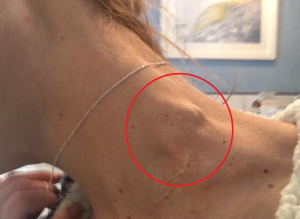
Without a solution to save Silicon Valley Bank depositors before the bank’s branches open tomorrow, President Biden risks a catastrophic banking disaster.
Why it matters: Bank runs ruin financial institutions regardless of how well or poorly they manage risk. (For a brief introduction, watch the renowned Mary Poppins financial crisis documentary.)
How it operates is that banks lend out deposits to organizations and private citizens rather than keeping them in a vault. So, the bank is likely to fail if depositors want their full money back all at once, as they did at SVB.
In the short term: The Biden administration must find a well-capitalized buyer for SVB’s commercial business, if not also its private bank, securities and U.K. units.
That would allow customers to access their money, including for meeting this week’s payroll, and provide the sort of calm that discourages bank runs elsewhere.
If it’s unable to find a buyer, the government will come under pressure to back the uninsured deposits. That would be politically unpalatable, particularly for Silicon Valley Bank, but it’s preferable to the alternative.
Where it stands: The FDIC is clearly the main entity in charge. Its leadership is acutely aware that the best way to avoid bank runs is to signal that everybody with money at SVB ended up having full access to all their funds.
Treasury and the White House also have a role to play, by removing any regulatory obstacles to SVB being immediately acquired by the likes of a large bank such as JPMorgan or Goldman Sachs.
In the long term: During the great financial crisis, the Federal Reserve guaranteed corporate transaction accounts under something called the Transaction Account Guarantee Program (TAG). That, however, expired at the end of 2012.
Had TAG or something similar been in place last week, SVB might still be alive today, and thousands of companies wouldn’t now be worrying about their financial solvency.
Between the lines: One of the reasons for the $250,000 cap on guaranteed deposits is that insuring more deposits is generally more expensive, both for participating banks and for the FDIC.
But it doesn’t always work that way. A lower cap can mean higher insurance costs, if it causes more bank runs. In that sense, extending deposit insurance to include corporate transaction accounts could actually save the government money.
The bottom line: Look around the world, and nearly all countries are dominated by three or four banks. The U.S., with its thousands of banks, is an outlier. The FDIC’s job is to shore up confidence in every last one of those banks. Right now that job is harder, and more urgent, than ever.







